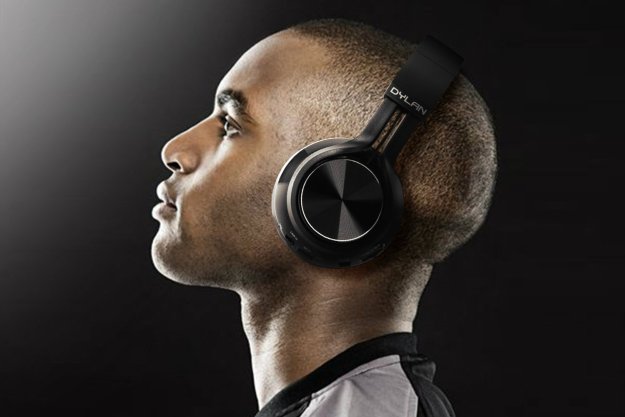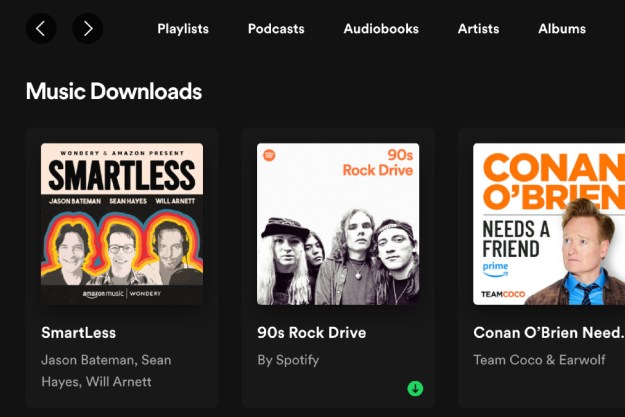
In a recent interview with Yahoo, Swift explained her decision to pull her latest album from Spotify, circumventing one of the most popular music streaming services on the planet.
“…all I can say is that music is changing so quickly, and the landscape of the music industry itself is changing so quickly, that everything new, like Spotify, all feels to me a bit like a grand experiment. And I’m not willing to contribute my life’s work to an experiment that I don’t feel fairly compensates the writers, producers, artists, and creators of this music. And I just don’t agree with perpetuating the perception that music has no value and should be free.”
“I think it’s really still up for debate whether this is actual progress, or whether this is taking the word ‘music’ out of the music industry.”
Depending upon your definition of the term, it’s perhaps inaccurate to call Spotify new, exactly, considering it’s been around since 2006. Still, it could be argued that the market share, and overall clout now held by streaming services, including Spotify, Pandora, and to a lesser extent, Deezer, iHeartRadio, Beats Music, and others, is a fairly new phenomenon.
Like the supplanting of the CD by digital music downloads before them, streaming services have begun to take an increasing share of the pie in recent years, helping to force a drop in digital music sales in 2013 for the first time since the birth of the iTunes era. While many argue that services like Spotify are a natural progression in the evolution of music distribution, there’s no denying the model is marginalizing the overall value of the medium when it comes to compensation for the artist.
That fact was brought to light recently by a band called Vulpeck, whose members set up a clever way to game Spotify’s payout system, which is estimated at around $0.006 to $0.0084 per play, with a completely silent album called Sleepify. In order to raise enough money for their tour, the band members asked fans to play Sleepify all night long every night, which would garner the band around $4 per listener per day. The trick worked, and Vulepeck completed its goal of raising $20,000 before Spotify got wise and pulled the album.
While artists are all too aware of how difficult it is to make any money off their medium in the Spotify age, it’s something listeners rarely consider when binging on a buffet of millions of songs at their leisure at work, or in their car. Swift claims this increasing decline in value for her stock and trade was motivation for leaving Spotify behind.

“I try to stay really open-minded about things, because I do think it’s important to be a part of progress. But I think it’s really still up for debate whether this is actual progress, or whether this is taking the word ‘music’ out of the music industry,” Swift said. “I felt like I was saying to my fans, ‘If you create music someday, if you create a painting someday, someone can just walk into a museum, take it off the wall, rip off a corner off it, and it’s theirs now and they don’t have to pay for it.’ I didn’t like the perception that it was putting forth. And so I decided to change the way I was doing things.”
Perhaps not the most apt metaphor, but it gets the point across. Swift is taking a very public stand against streaming services. And unlike the vast majority artists, she’s got the star power and sales viability to actually pull it off. According to Soundscan, 1989 is the highest selling debut since Eminem’s The Eminem Show back in 2002.
While 1989 is about as poppy as albums come, Swift also explained her love for the art of the album as part of her reason for the move away from streaming. The single is a mainstay that perhaps drives the pop genre more than any other in the industry (hip-hop could be in that conversation), but Swift sees her albums more as novels, rather than a collection of short stories.
“I just don’t agree with perpetuating the perception that music has no value and should be free.”
“I’d rather be known for a collection of songs that go together and live together and belong together. These are essentially installments of my life, two years at a time, and I work really hard to make sure that those installments are good enough to also apply to other people’s lives in two-year periods of time. Albums defined my childhood, and they’ve defined my life.”
Whatever you might think about 1989, Dark Side of the Moon it isn’t. Still, for rock and pop traditionalists, it’s a welcome change to hear the hottest artist on the pop charts take such a deliberate approach to revive the art of the album. Throughout the rise of popular music, somewhere around the coining of the phrase “Rock n Roll,” the dominance of the single over the album, and vice versa, have had a fluctuating ebb and flow.
The single may be the constant when it comes to radio, but in the heyday of rock, throughout the 60s and 70s, the album was king. It was Sgt Pepper, not just “When I’m Sixty Four,” or “A Day in the Life.” And with a myriad of potential hits on her latest release, Swift is pushing the whole of what she’s created with 1989, not just Shake It Off.
Still, while Taylor Swift may be able to fly without the wings of Spotify beneath her, most artists cannot. Whatever your thoughts about the murky future for streaming services, and music as a whole, there’s no doubt that, for now anyway, Spotify, and its 10s of millions of listeners aren’t going anywhere.


